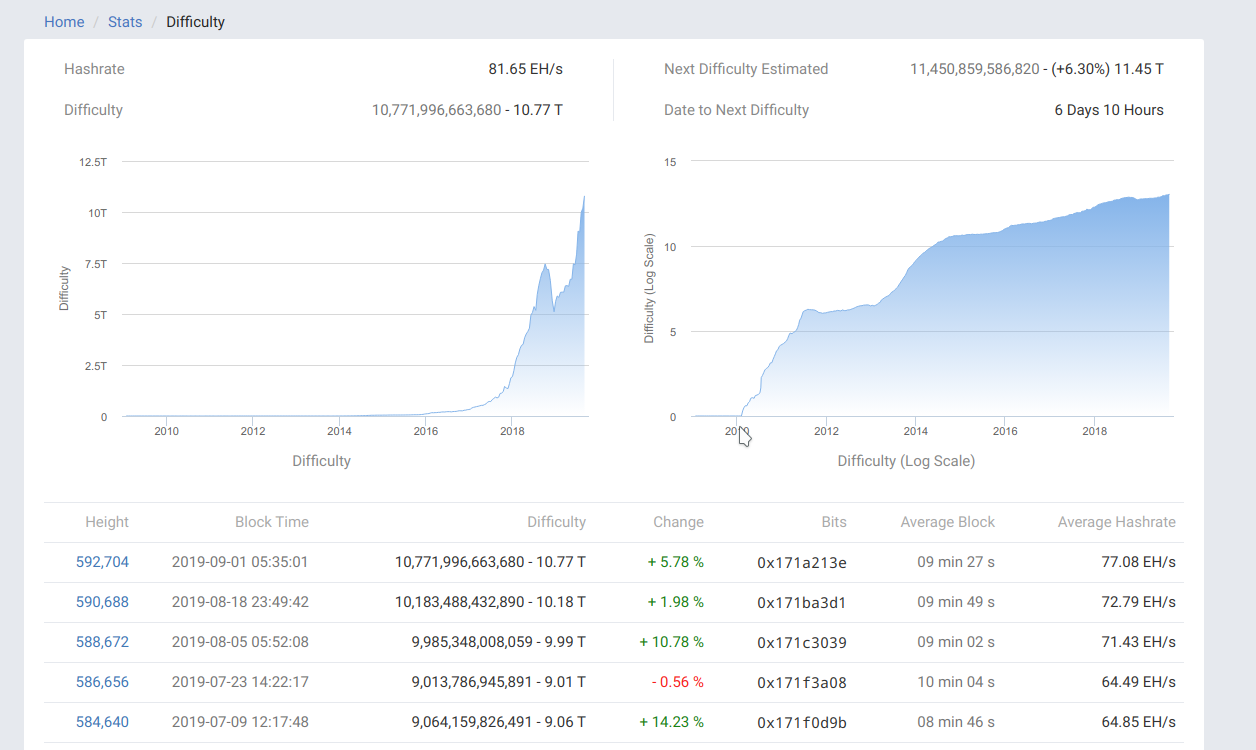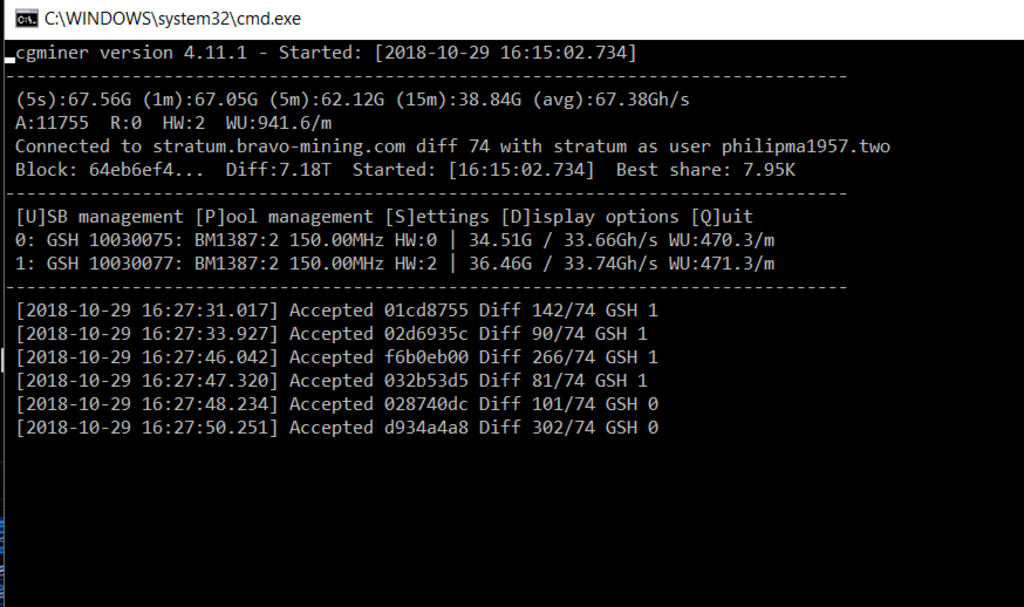

Cgminer tutorial bitcoin software#
The information necessary to construct a coinbase transaction paying the pool or the solo miner’s bitcoind wallet.Ī complete dump of the transactions bitcoind or the mining pool suggests including in the block, allowing the mining software to inspect the transactions, optionally add additional transactions, and optionally remove non-required transactions. This provides the mining software with much more information: Different mining pools use different reward distribution systems based on this basic share system.Īn improved method is the Bitcoin Core “getblocktemplate” RPC. For example, if the mining pool’s target threshold is 100 times lower than the network target threshold, 100 shares will need to be generated on average to create a successful block, so the mining pool can pay 1/100th of its payout for each share received. The mining pool pays out a portion of these proceeds to individual miners based on how many shares they generated.

The block reward and transaction fees that come from mining that block are paid to the mining pool. By chance, some shares the pool receives will also be below the network target-the mining pool sends these to the network to be added to the block chain.

The information the miner sends to the pool is called a share because it proves the miner did a share of the work. (This usually means that the coinbase transaction must pay the pool.) The miner then sends to the pool a copy of the information the pool needs to validate that the header will hash below the target and that the block of transactions referred to by the header merkle root field is valid for the pool’s purposes. This causes the mining hardware to return many block headers which don’t hash to a value eligible for inclusion on the block chain but which do hash below the pool’s target, proving (on average) that the miner checked a percentage of the possible hash values. In pooled mining, the mining pool sets the target threshold a few orders of magnitude higher (less difficult) than the network difficulty.


 0 kommentar(er)
0 kommentar(er)
